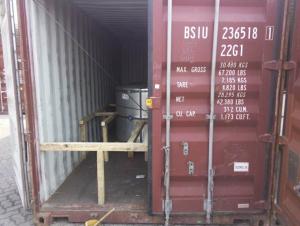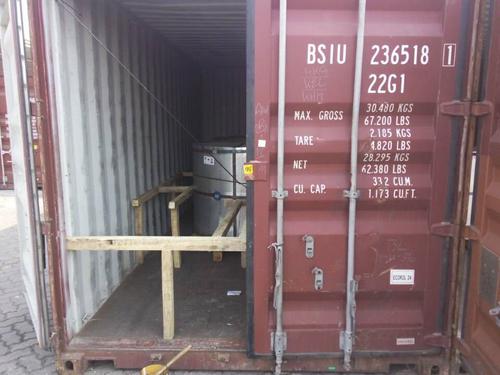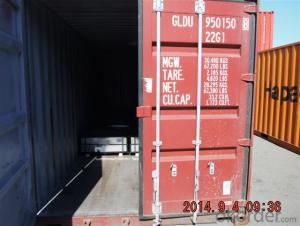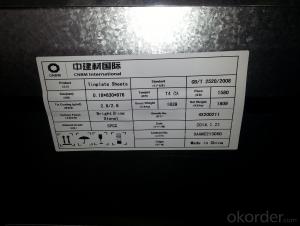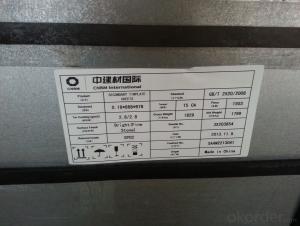Tinplate in SPCC Grade for Making Aerosol Cans
- Loading Port:
- China main port
- Payment Terms:
- TT OR LC
- Min Order Qty:
- 25 m.t.
- Supply Capability:
- 30000 m.t./month
OKorder Service Pledge
OKorder Financial Service
You Might Also Like
1. Products: Tinplate
Tinplate and TFS are widely used for making all types of containers such as artistic cans, tea cans, painting cans, chemical package cans and metal printing etc. Its applications are not limited to containers; recently, they have also been used for making electrical machinery parts and many other products.
2. Specification:
Our goods enjoyed high quality both at home and abroad. We can supply tin free steel as follows:
Technical standard | JISG3303 and GB/T 2520-2008 |
Steel Type | MR / SPCC |
Thickness | From 0.15mm to 0.50mm (Tolerance +/- 0.01mm) |
Width | Normally 600-1050mm (Tolerance +3/-0 mm) |
Coating | 2.8/2.8g/m2 , 2.8/5.6g/m2 ,1.1/1.1 g/m2 |
Temper & Annealing | T1-T5, DR7-8, TS230-TH435, T49-T65(+/- 4) |
Surface Treatment | Bright & Fine Stone & Stone & Silver & Matt |
Payment terms | Letter of Credit (L/C), Telegraphic transfer (T/T) |
Price terms | CFR & CIF price term |
Delivery time | Within 60 days after received L/C or T/T down payment |
Packing | High quality shipping packing which contains thin plastic film, rust-proof paper, metal cover, metal angles and strap sand pallet. |
Minimum order Quantity(MOQ) | 25 metric tons (1X 20'' container) |
3. Pictures:
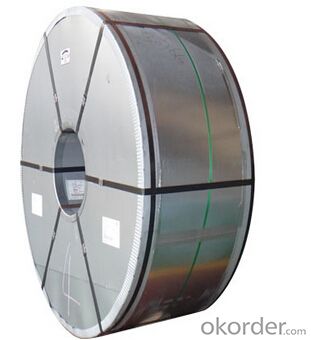
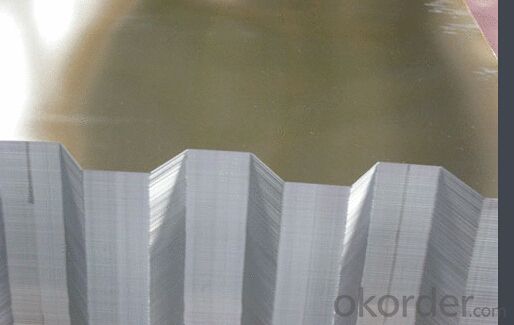
4. Features of the factory price/ tin free steel/tinplate/tfs/tmbp/etp/spte:
Beautiful Appearance
Excellent Paintability & Printability
Excellent Formability & Strength
Excellent Corrosion Resistance
Excellent Solderability & Weldability
5. FAQ:
We are one of the main producers in China for tinplate, tin free steel and also TMBP. At present, our productivity is more than 450000 MT/year.
For more information about our products or company, pls contact us freely.
Welcome your enquiries and orders.
- Q: How does tinplate perform in terms of lightness and portability?
- Tinplate performs exceptionally well in terms of lightness and portability. It is a lightweight material that allows for easy handling and transportation, making it highly suitable for various applications requiring mobility.
- Q: What are the main applications of tinplate in the agricultural industry?
- Tinplate is commonly used in the agricultural industry for the production of cans and containers to store and preserve agricultural products such as fruits, vegetables, and dairy products. It provides a protective barrier against moisture, oxygen, and light, ensuring the quality and freshness of the stored items. Additionally, tinplate is also utilized for packaging agricultural chemicals and fertilizers, as it offers resistance to corrosion and acts as a reliable barrier against chemical reactions.
- Q: Can tinplate be used for medical packaging?
- Yes, tinplate can be used for medical packaging. Tinplate is a durable and corrosion-resistant material, making it suitable for protecting and preserving medical products. It meets the necessary hygiene and safety standards required for medical packaging and can provide an effective barrier against moisture, light, and oxygen. Additionally, tinplate is recyclable, making it an environmentally friendly choice for medical packaging.
- Q: Can tinplate be used for electrical enclosures?
- Yes, tinplate can be used for electrical enclosures. Tinplate is a type of steel coated with a thin layer of tin, which provides excellent protection against corrosion. This makes it a suitable material for electrical enclosures as it ensures durability and helps maintain the integrity of the enclosed electrical components. Additionally, tinplate is relatively lightweight and cost-effective, making it a popular choice for various industrial applications, including electrical enclosures.
- Q: Can tinplate be used for packaging medical devices?
- Yes, tinplate can be used for packaging medical devices. Tinplate is a durable and corrosion-resistant material that provides adequate protection to medical devices. It is commonly used for packaging pharmaceutical products, including medical devices, due to its ability to maintain product integrity and protect against external contamination.
- Q: Why tin printing after a layer of light oil
- Varnish should have the following properties:A) the color retention property is good. The solvent in the varnish can not make the ink fade and fade.(b) have sufficient hardness and firmness in order to withstand the deformation of subsequent processes.(c) match with white paint or base oil, not to corrode white paint or base oil.
- Q: What are the common testing methods for tinplate?
- Some common testing methods for tinplate include visual inspection, thickness measurement, adhesion testing, corrosion resistance testing, and tensile strength testing.
- Q: Can tinplate be used for microwave-safe packaging?
- No, tinplate cannot be used for microwave-safe packaging as it is made of steel coated with a thin layer of tin, which can cause sparks and potential damage to the microwave.
- Q: Can tinplate be used for gift packaging?
- Yes, tinplate can be used for gift packaging. It is a versatile material that offers durability and a premium look, making it suitable for various packaging purposes, including gift boxes and containers. Tinplate can be decorated with attractive designs and is also recyclable, making it an eco-friendly option for gift packaging.
- Q: Can tinplate be used for vacuum-sealed packaging?
- Yes, tinplate can be used for vacuum-sealed packaging. Tinplate is a commonly used material for packaging due to its excellent barrier properties, which can help maintain the vacuum seal and preserve the freshness of the packaged contents.
Send your message to us
Tinplate in SPCC Grade for Making Aerosol Cans
- Loading Port:
- China main port
- Payment Terms:
- TT OR LC
- Min Order Qty:
- 25 m.t.
- Supply Capability:
- 30000 m.t./month
OKorder Service Pledge
OKorder Financial Service
Similar products
Hot products
Hot Searches
Related keywords
